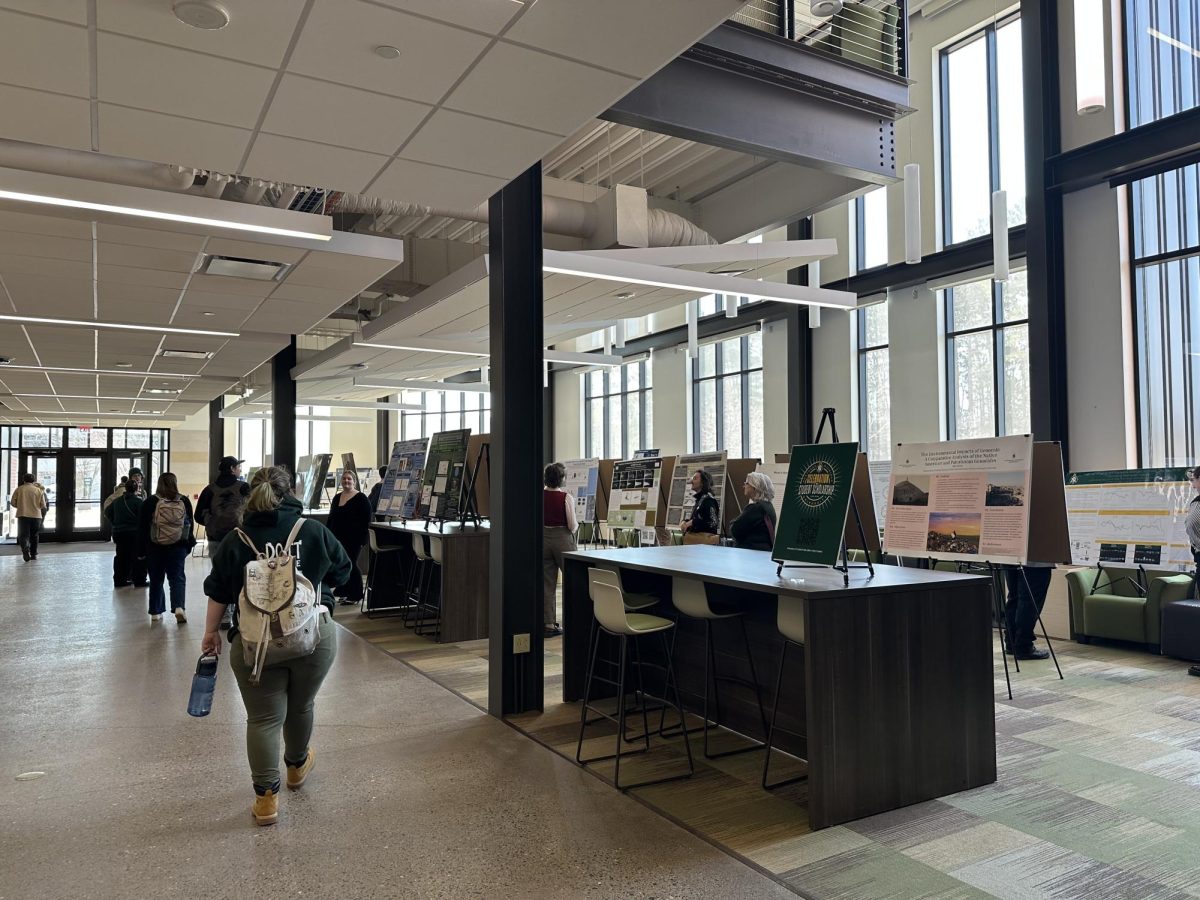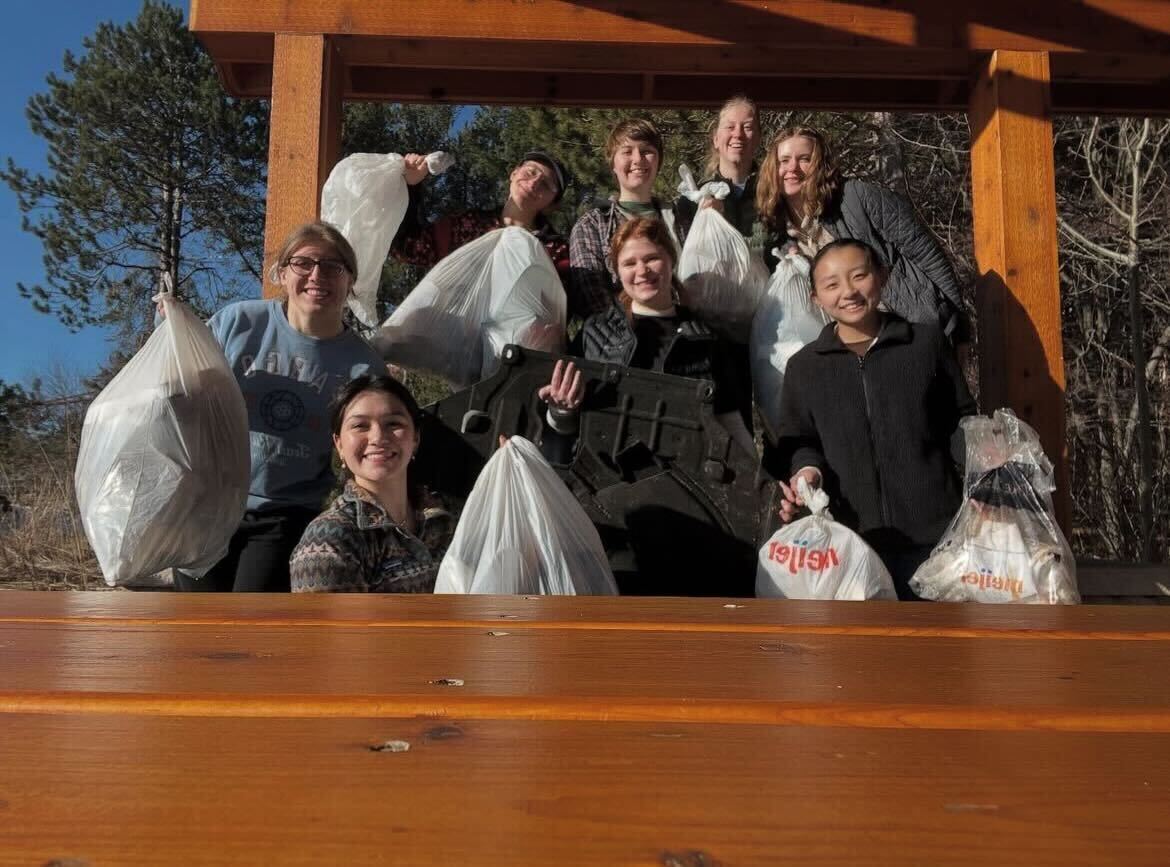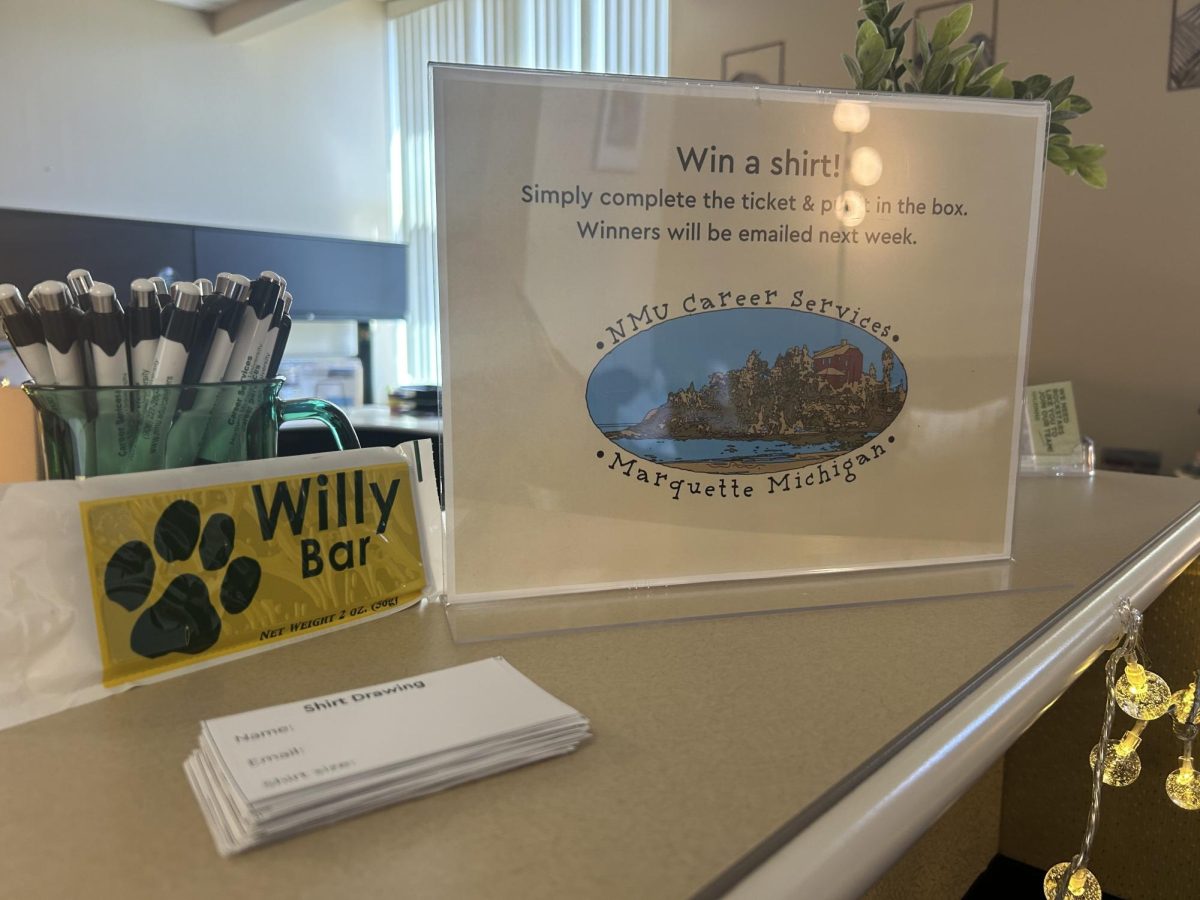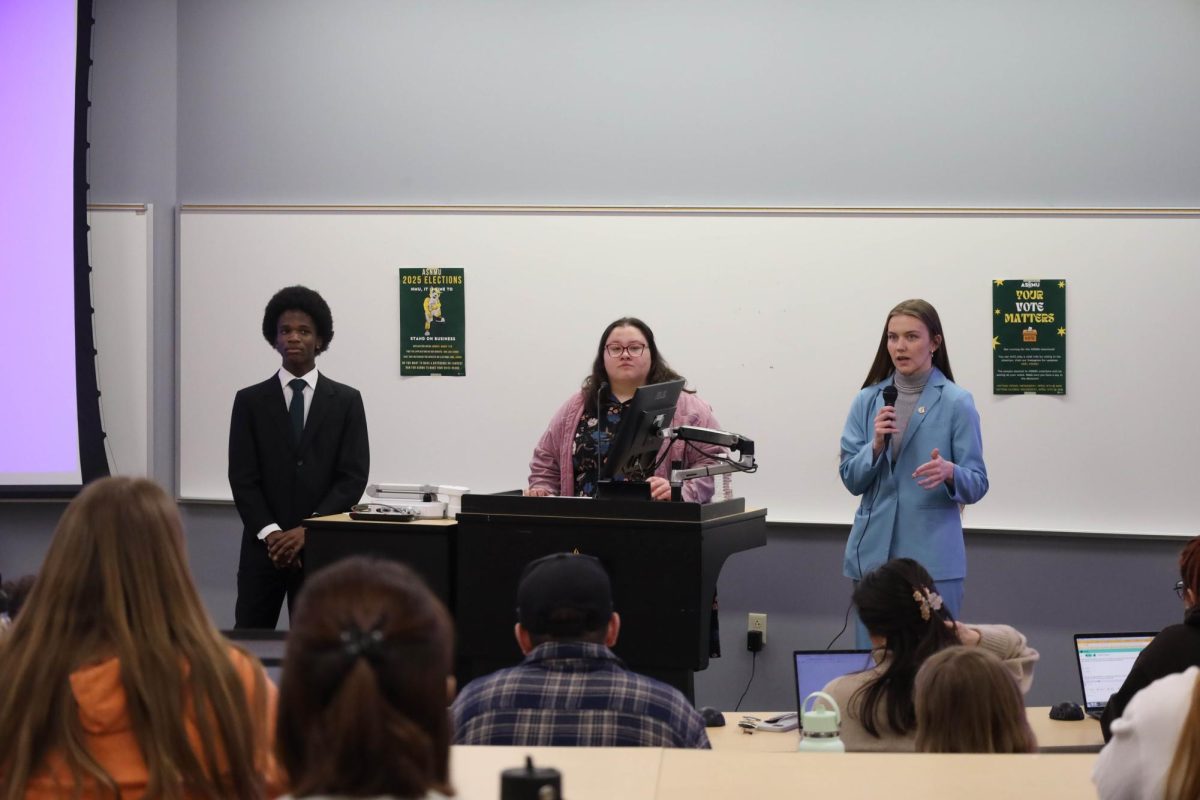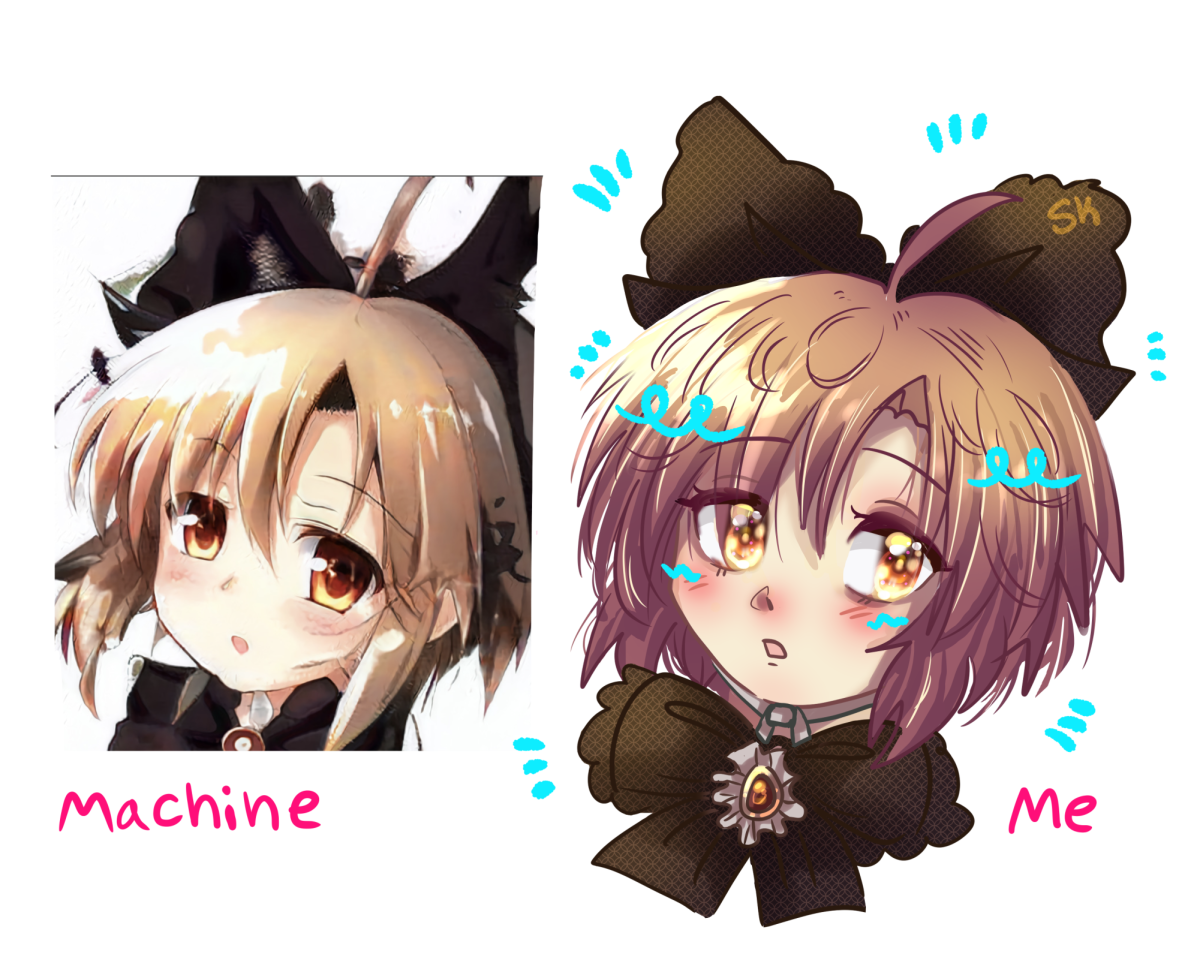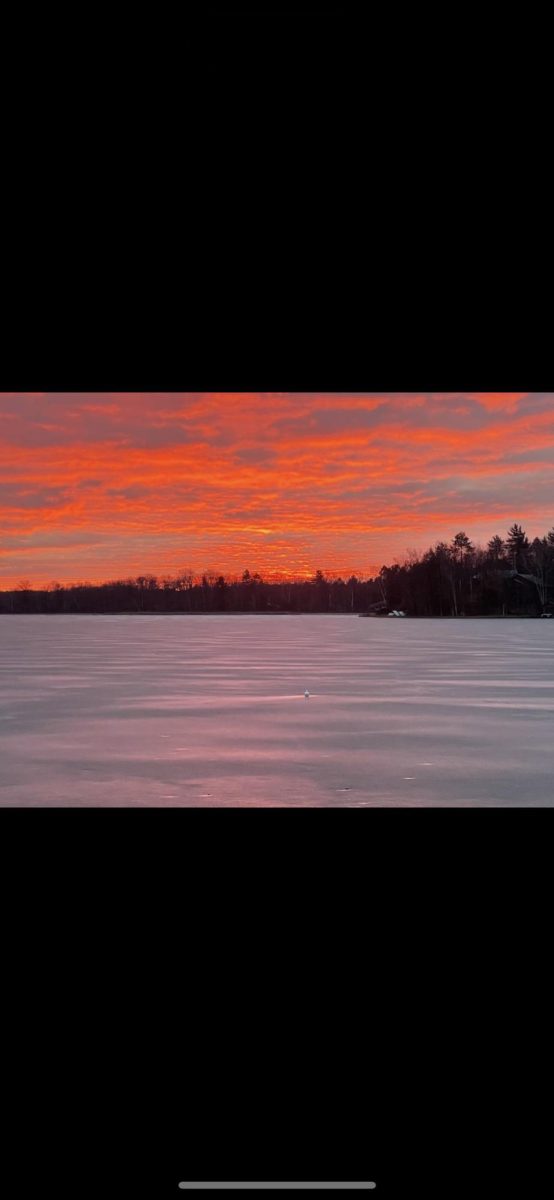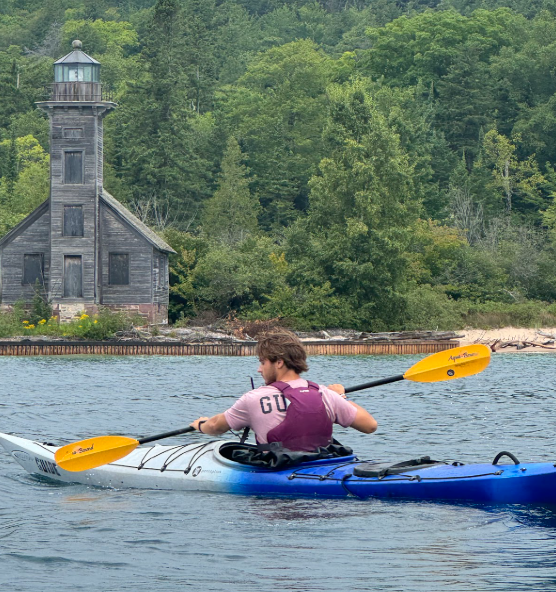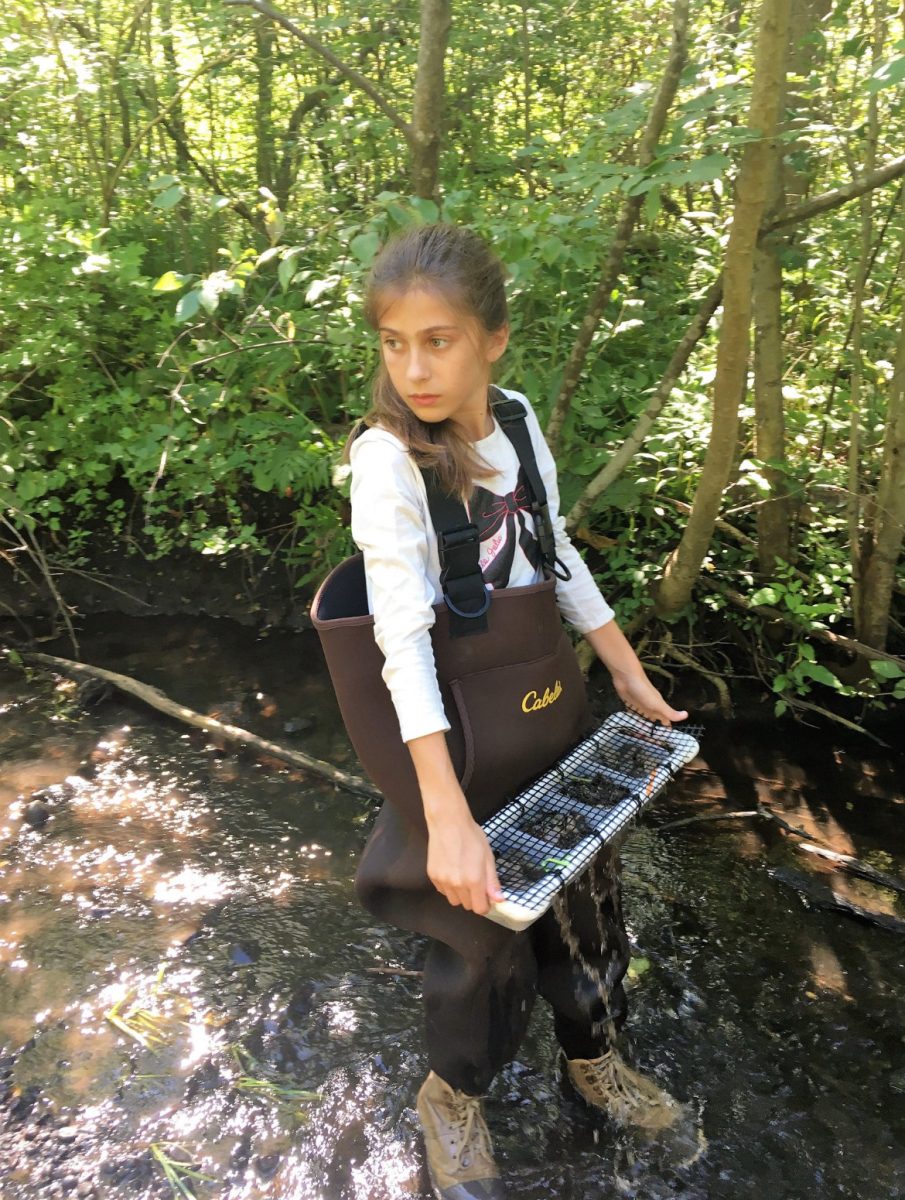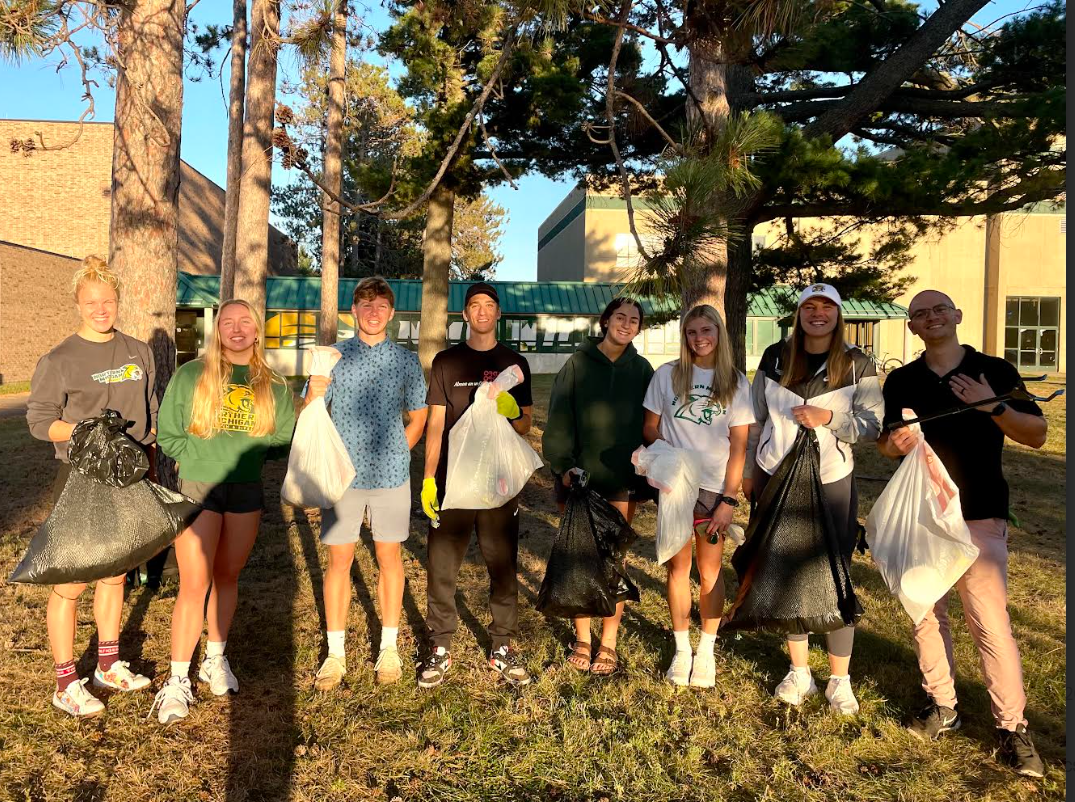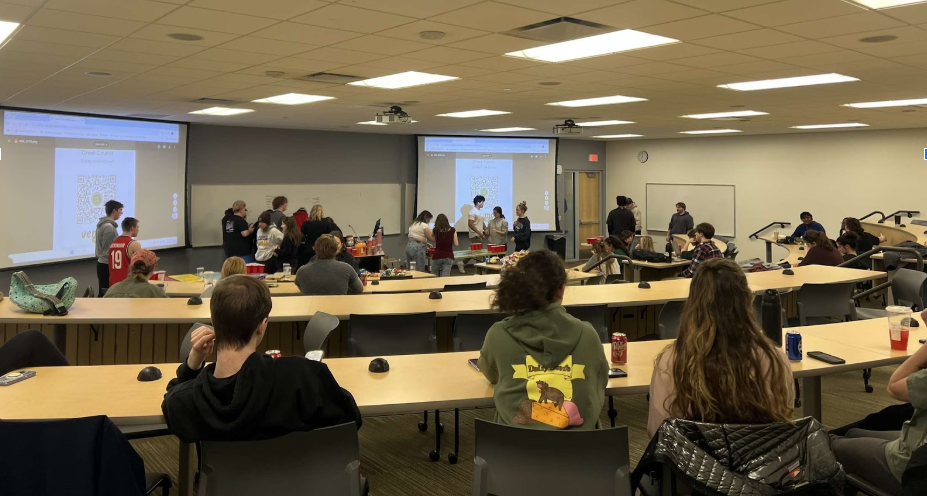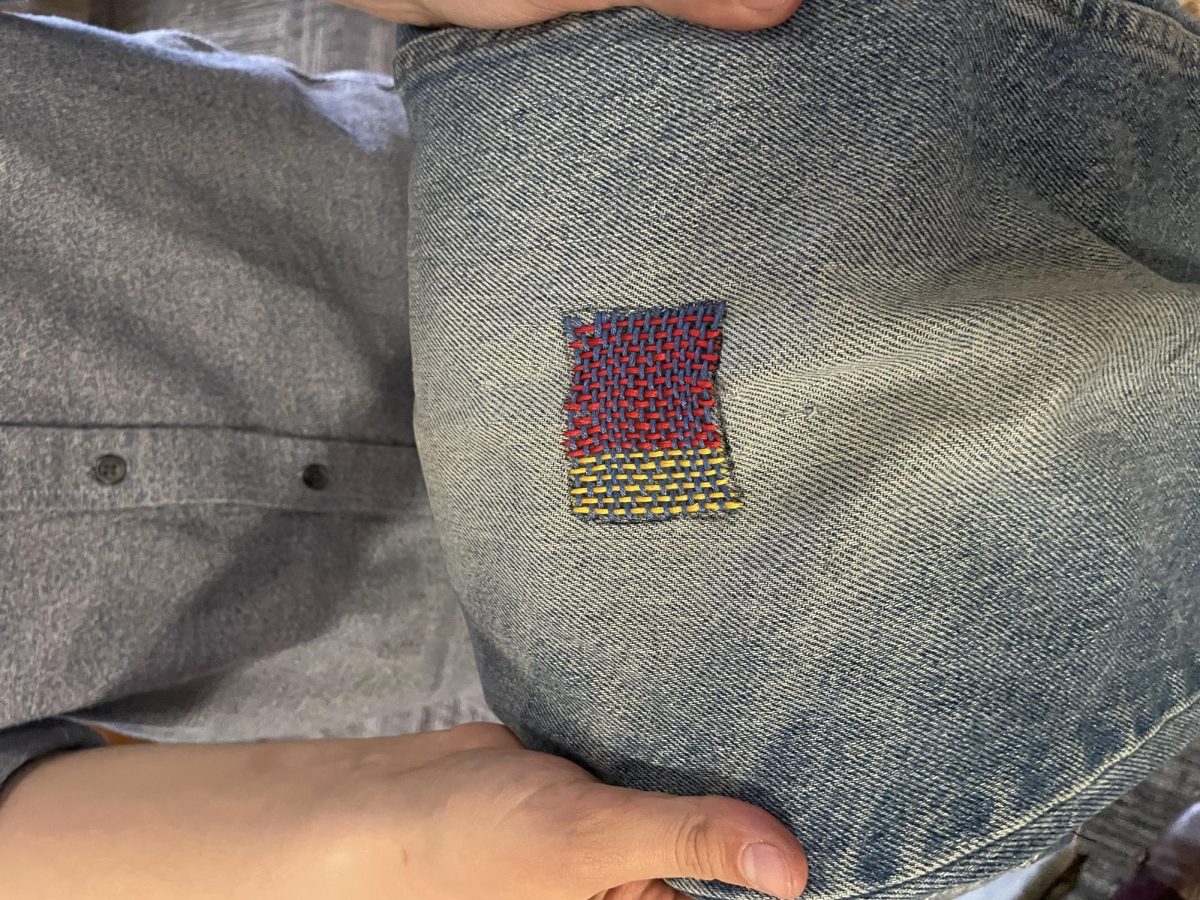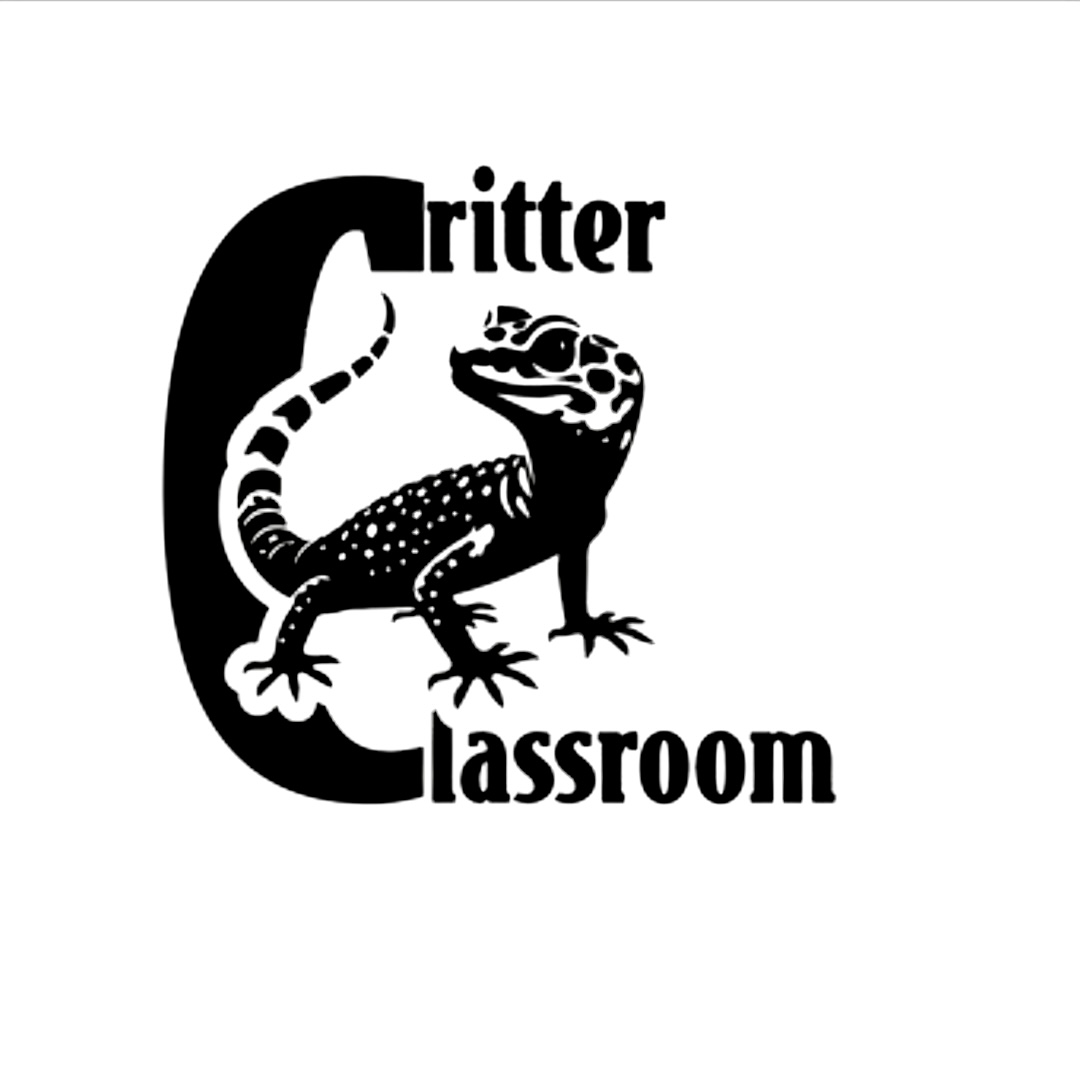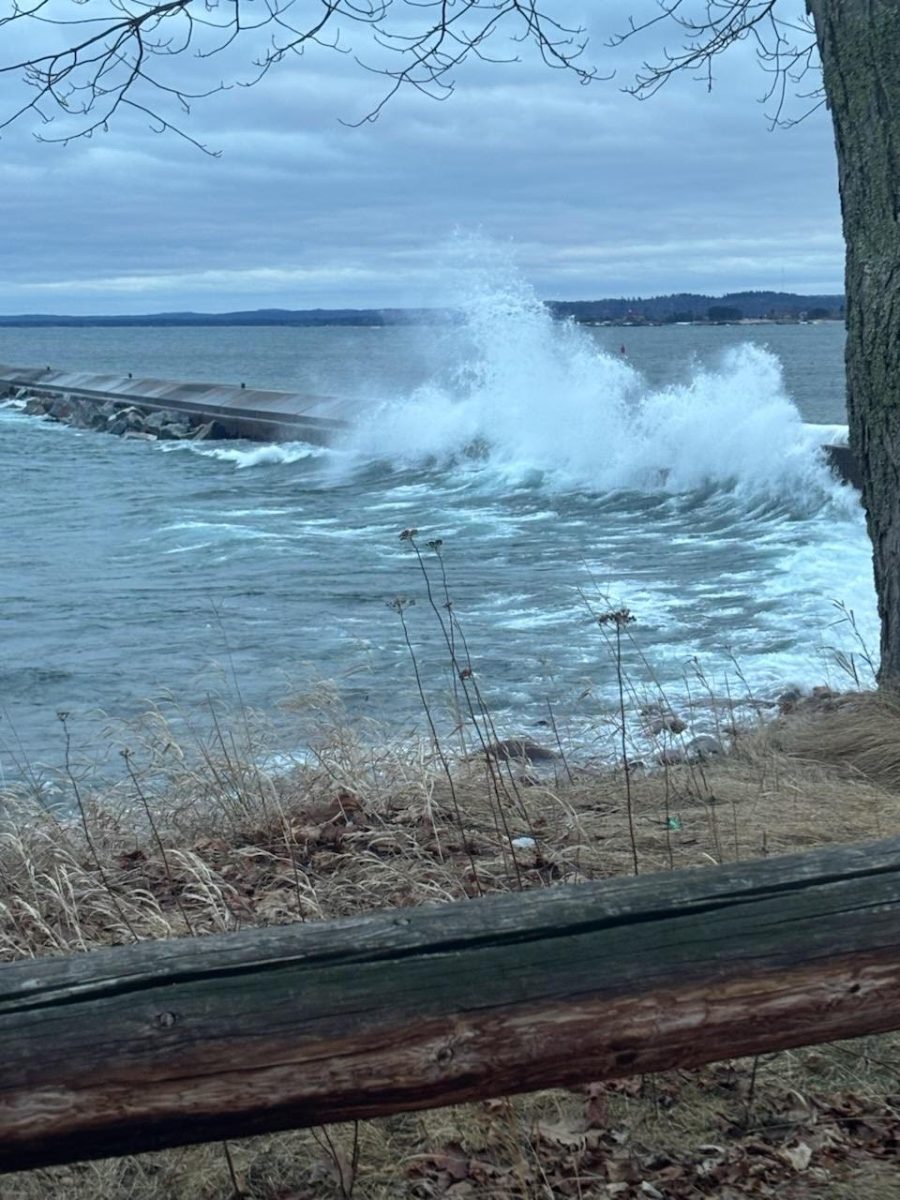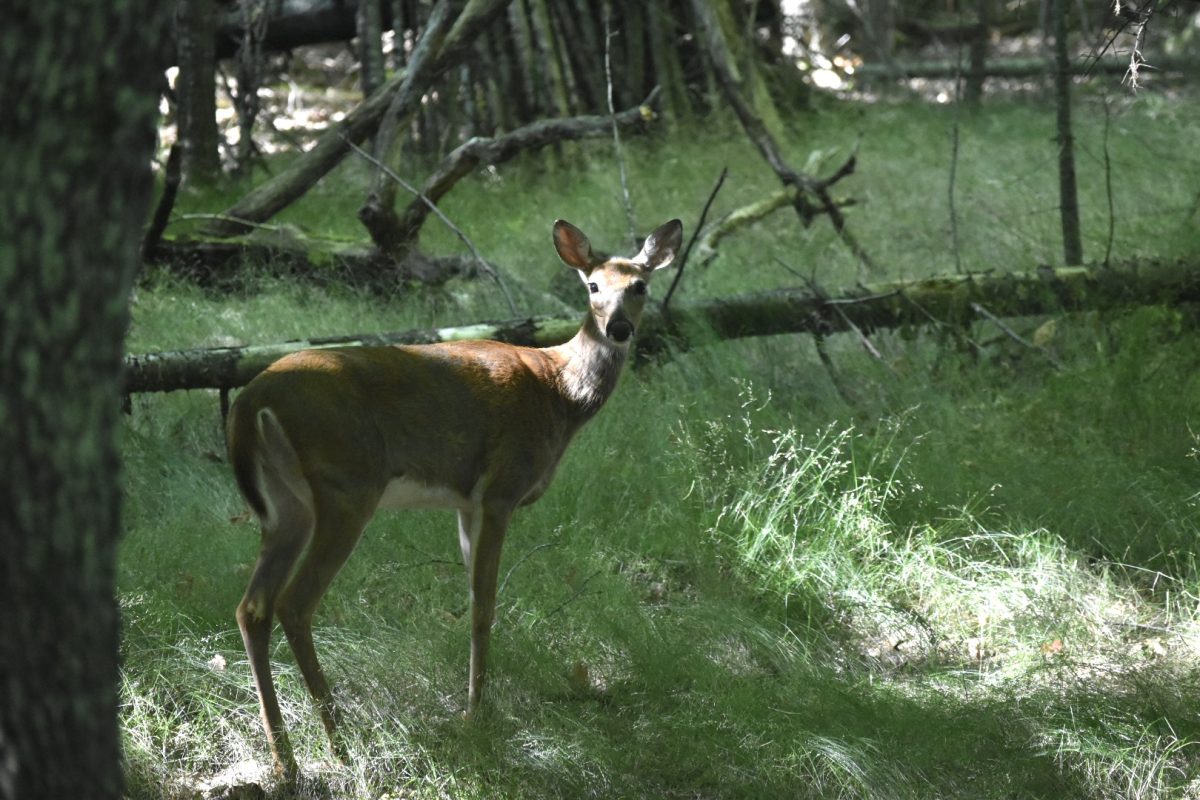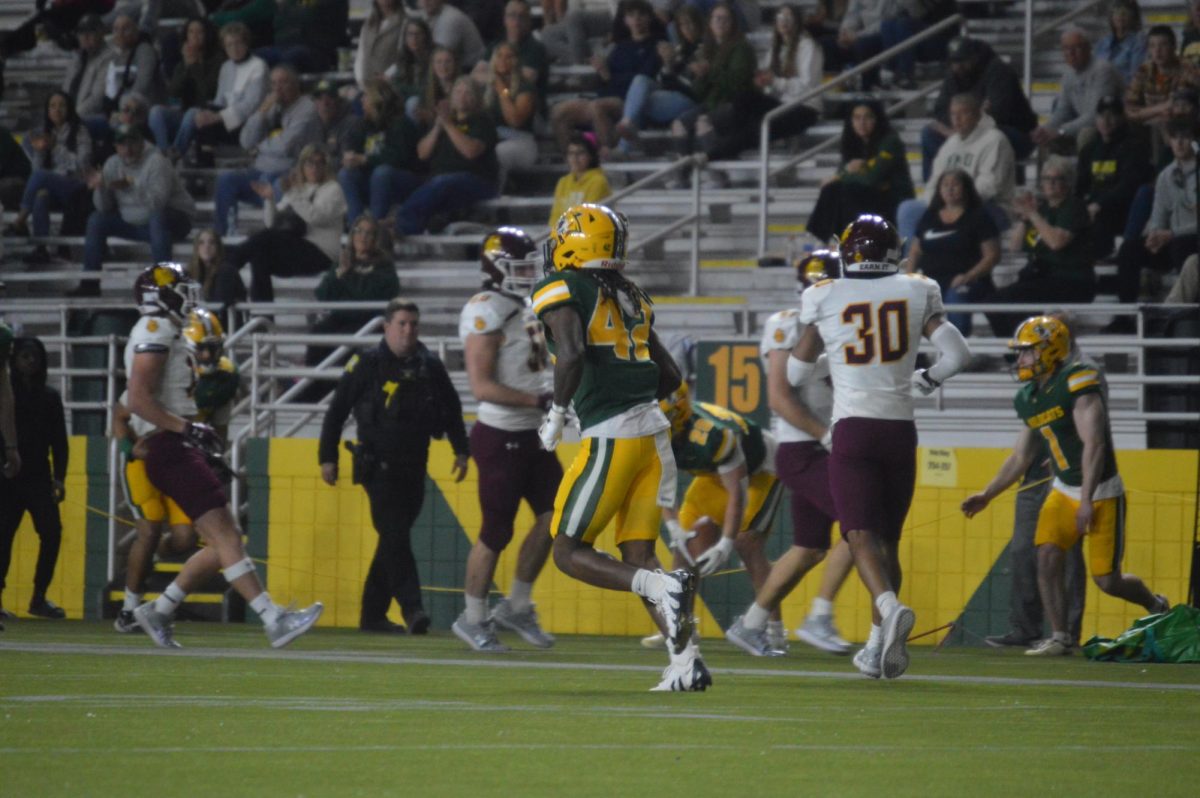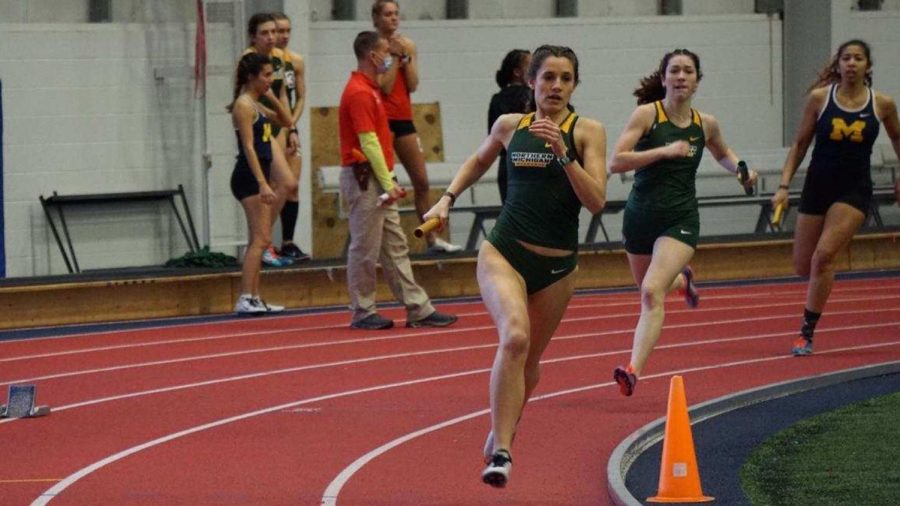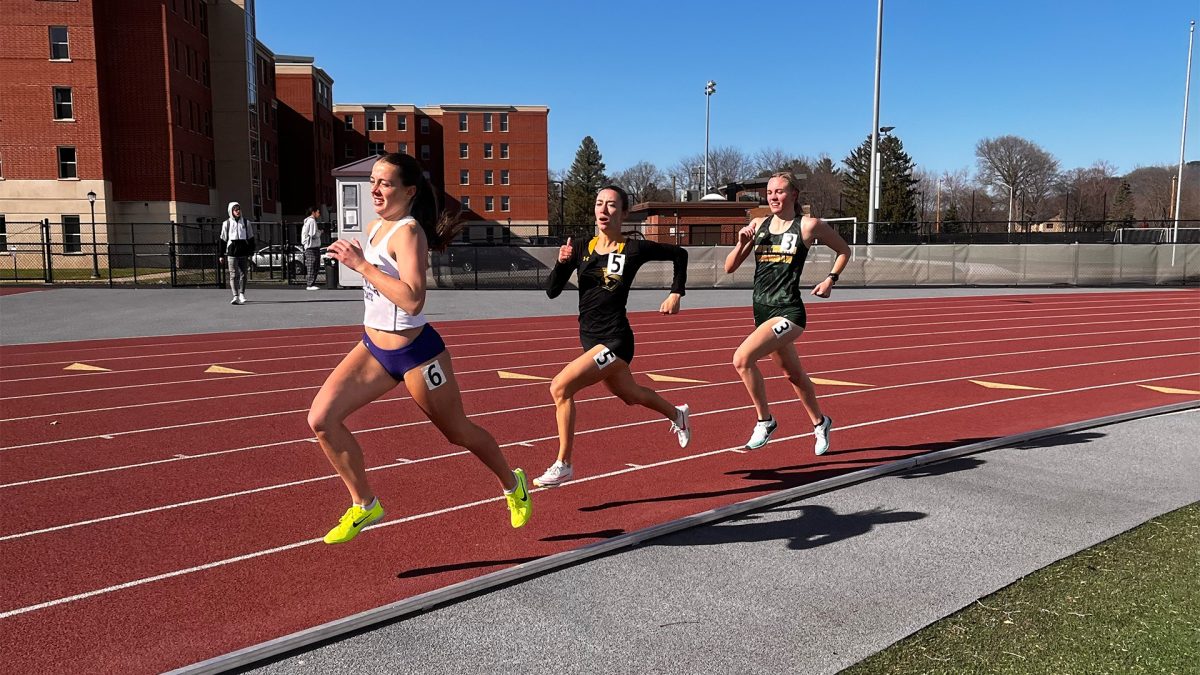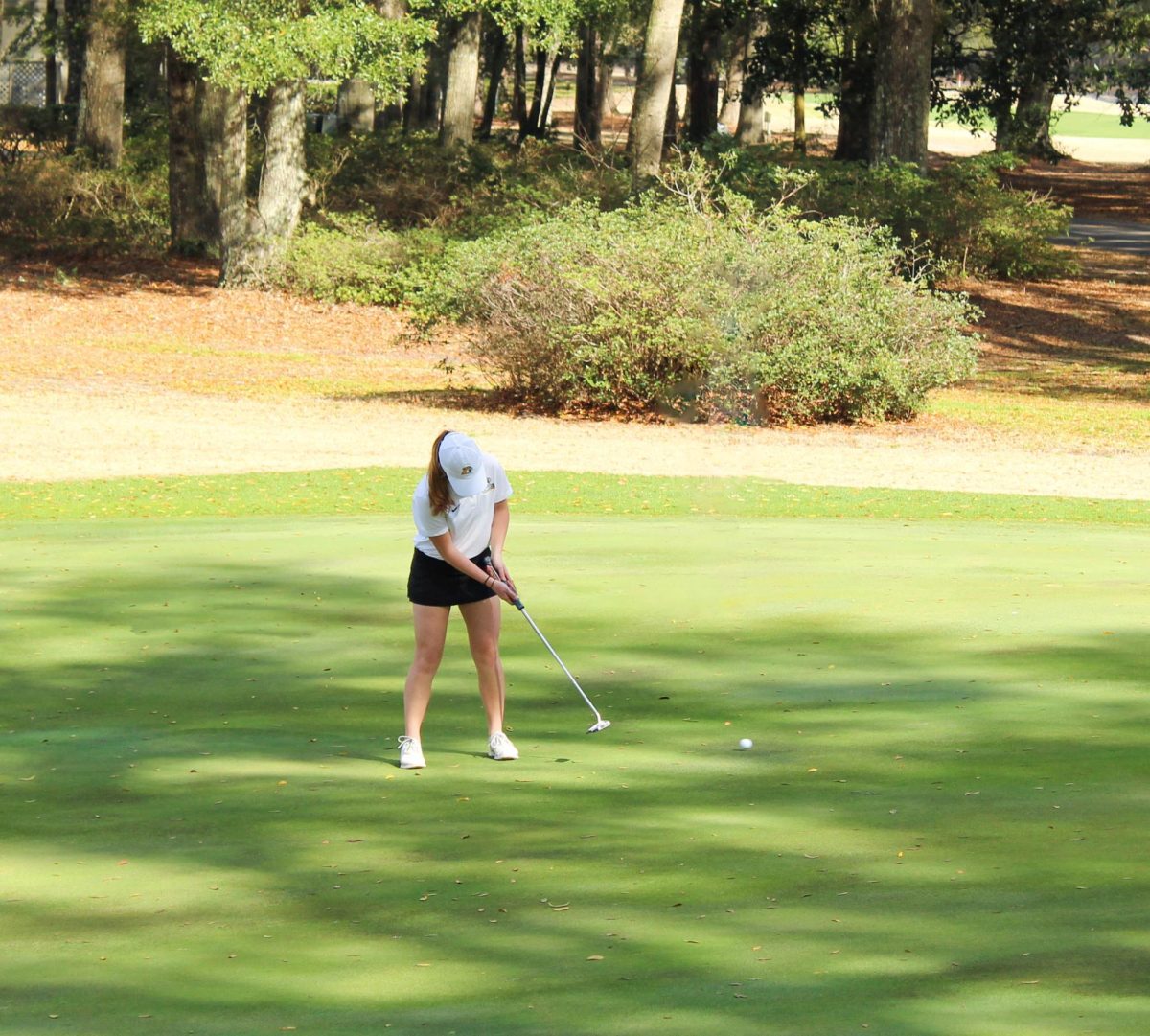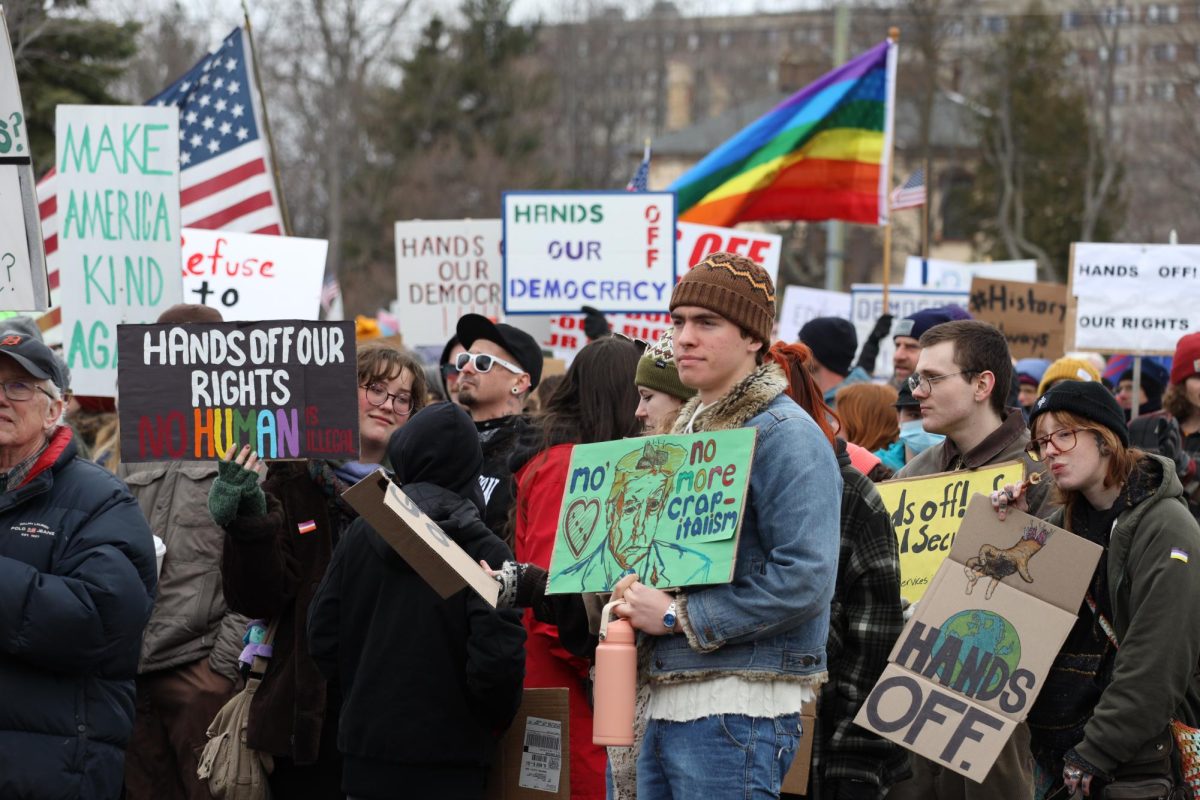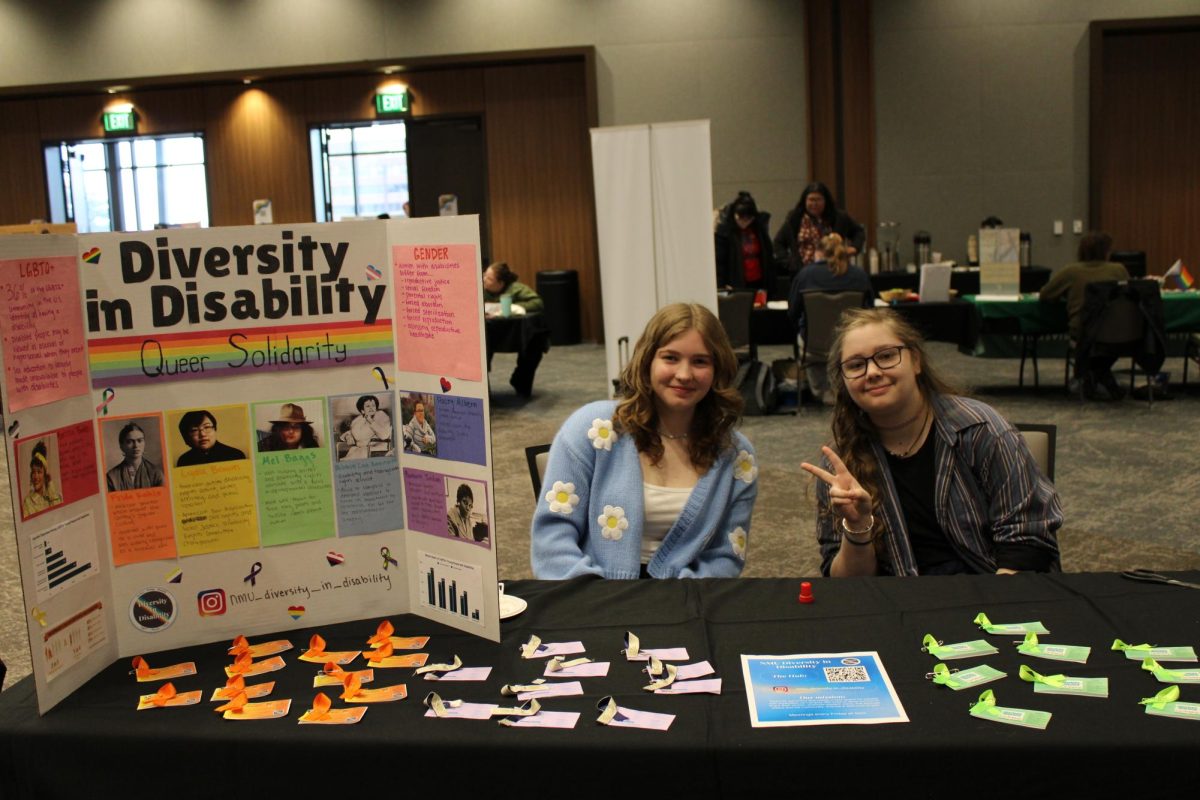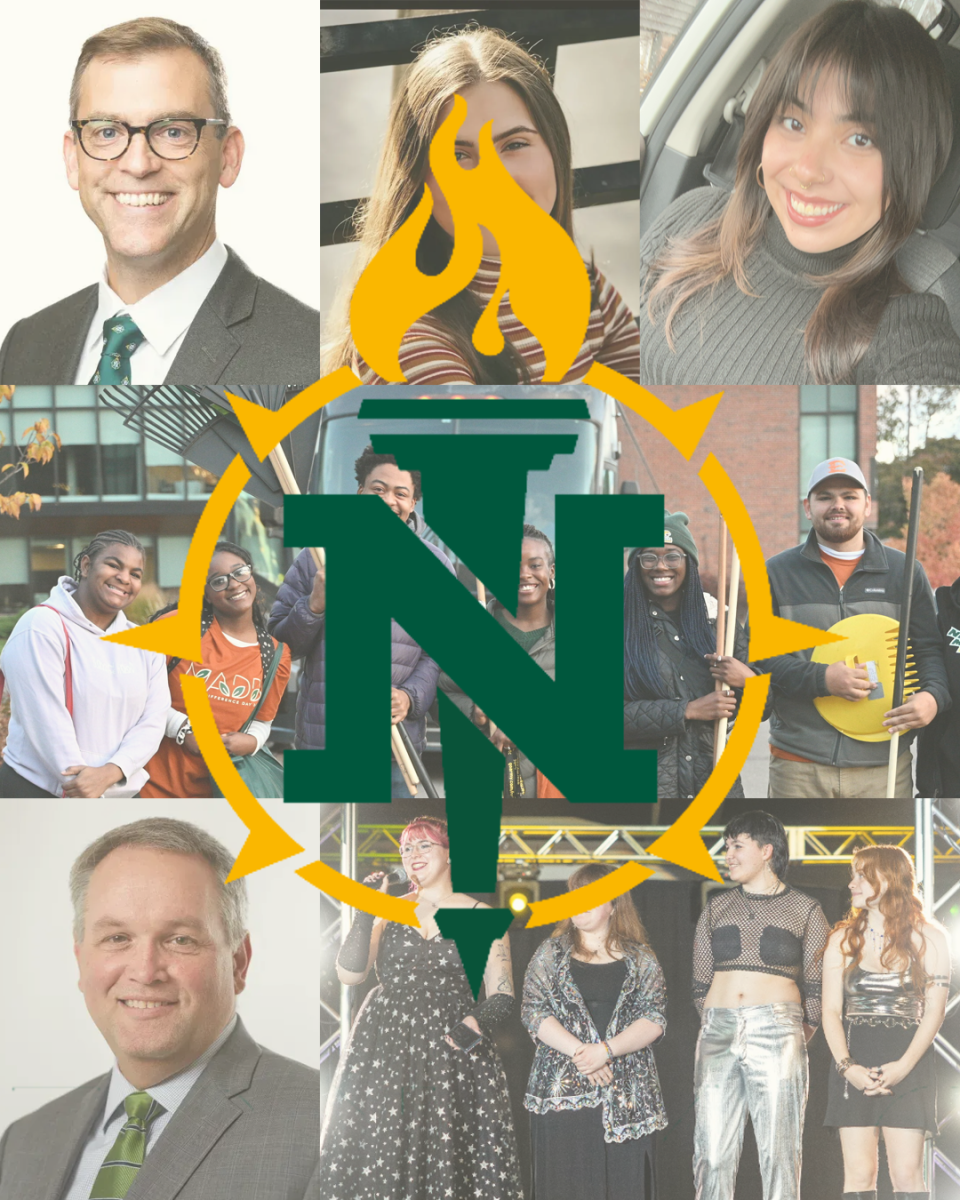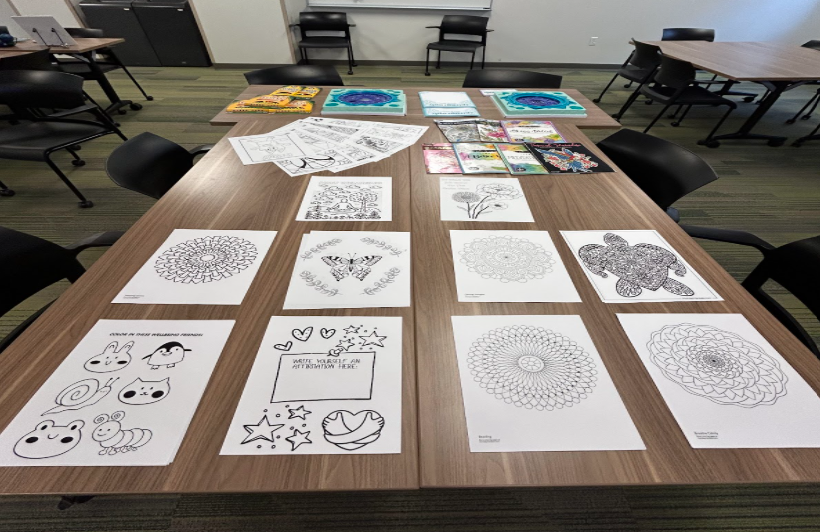After lackluster films such as “The Last Airbender” and “After Earth,” M. Night Shyamalan makes a strong return to the director’s chair with “The Visit.” Shyamalan is able to inject some life and entertainment into one of horror’s most played out clichés: found footage.
The biggest concern I had for this film coming in was the fact that it was “found footage.”
While originally a creative and new way to tell a story, found footage has become an oversaturated sub-genre in horror films. Thanks to movies such as “Cloverfield,” “Devil’s Due” and the “Paranormal Activity” series, found footage has lost its charm. Not to mention most are shot in a way that leaves the viewer feeling queasy.
However, Shyamalan uses found footage not as a gimmick but as a way to actually tell a story. Some of the best character development and creepiest scenes were shot in a way that wouldn’t have worked unless it was shot in this style.
“The Visit” takes a very simple premise and runs with it: a trip to Grandma and Grandpa’s, but something doesn’t seem quite right. The strongest part of the movie is the fact that it is able to blend horror and comedy together, yet never waiver on its tone. The comedic scenes come in at just the right parts, not over-done, and are seamlessly transitioned back into a horror scene.
Despite the comedy, the film is truly unnerving. Shyamalan creates an atmosphere of uneasiness and tension during the whole film; however, you can never quite put your finger on what feels off about the whole ordeal. This gets the viewer to question where the danger will come from throughout the film.
As has become a staple with any Shyamalan film, there is quite the twist ending in “The Visit.” However, this one doesn’t feel forced. Instead of trying to shock the audience simply for shock factor, this twist works well within the film. When the twist is revealed, the whole dynamic of the film changes, just like with “The Sixth Sense.” This makes “The Visit” excellent for rewatching, because the viewer sees the whole movie in another light.
However, this film is not without its flaws. The acting in the movie is a mixed bag. The four main characters are the two grandparents and their grandchildren. The actor and actress for the grandparents were fine, not a spectacular performance but solid enough to get the job done, with a few creepy moments thrown in as well. The child actors, however, are a different story. The older sister, played by Olivia DeJonge, while not great, is at the very least tolerable. The younger brother, played by Ed Oxenbould, is extremely irritating throughout the movie, as he is constantly rapping. It is harder to care about the outcome of a film when its two main characters agitate you during most of their screen time.
The pacing of this film also leaves much to be desired. At only 94 minutes, it is relatively short for a modern horror film, yet the film feels much longer. In particular, the opening 35-40 minute span drags on, and it takes a long time for the movie to get going. I often wondered what direction this film would take.
While not his greatest film, “The Visit” is a step in the right direction for Shyamalan, favorably comparing to “The Sixth Sense.” I recommend seeing “The Visit” if you are looking for something to go see in this slow movie season. (Beware of shaky-cam!)

